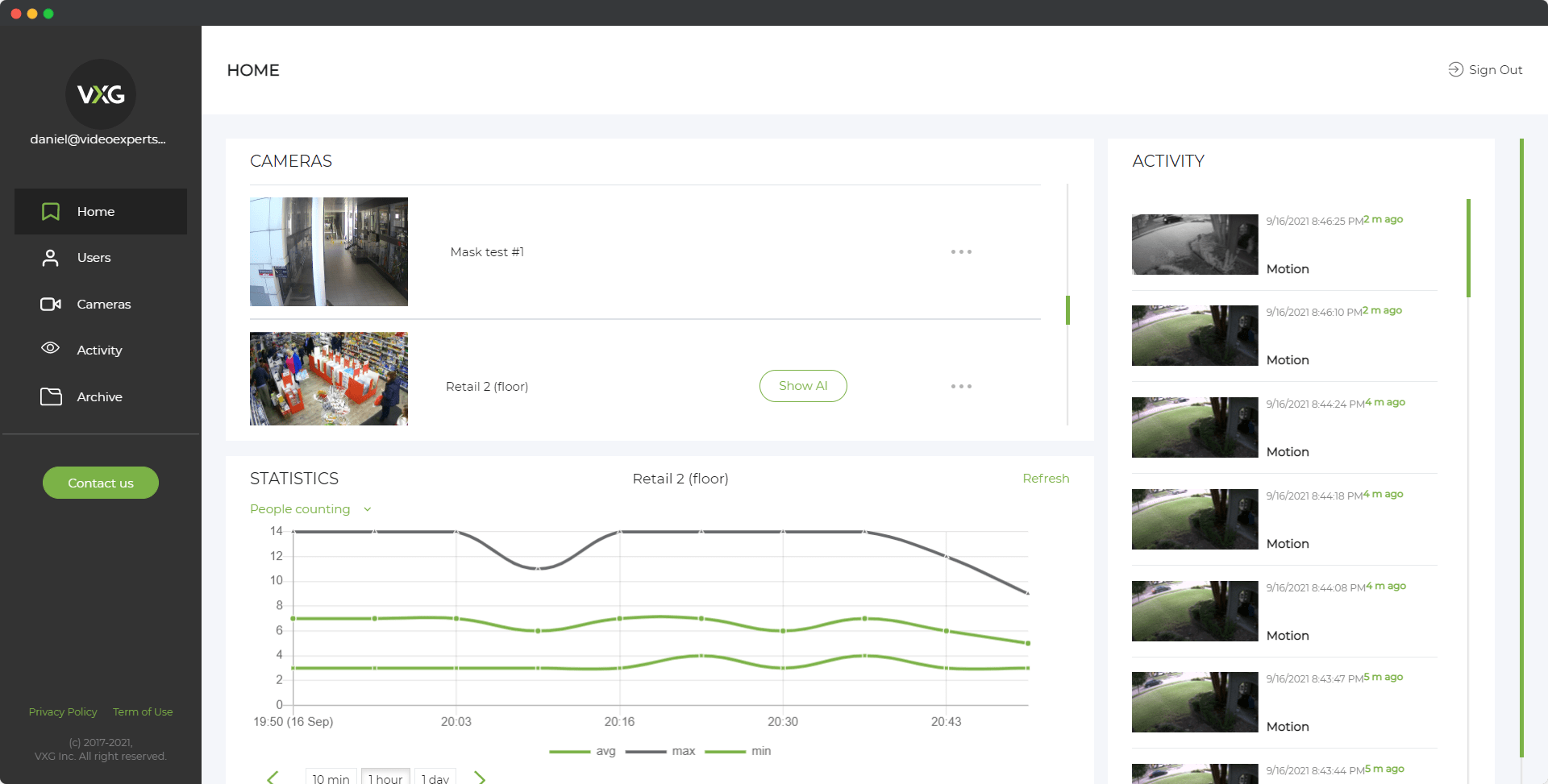Coaxial cables, commonly known as coax, are widely used for transmitting signals in a variety of applications, including television, internet, and radio communications. Among the various types of coaxial cables, RG-6 is a popular choice due to its superior performance and versatility. Designed to handle high-frequency signals with minimal loss, RG6 is a standard for modern home and commercial installations.
In this article, we’ll explore the common sizes of coaxial cables, the specific uses of RG-6 cable, its technical specifications, and answer frequently asked questions.
Common Coaxial Cable Sizes
Coaxial cables come in several sizes, each suited to different applications. The most common types include:
- RG-59
- Smaller diameter and lighter weight.
- Best suited for short-distance, low-frequency applications like older CCTV systems.
- RG-6
- Thicker and better-shielded than RG-59.
- Handles higher frequencies, making it ideal for HDTV, satellite, and broadband internet.
- RG-11
- Largest diameter with the least signal loss.
- Used for long-distance and outdoor installations.
RG-6 strikes a balance between cost, performance, and ease of installation, making it the go-to cable for most residential and commercial setups.
What is RG-6 Cable Used For?
RG-6 coaxial cable is versatile and supports a wide range of applications:
-
Television Signals
RG-6 is commonly used to transmit cable and satellite TV signals. Its shielding prevents interference and ensures clear picture quality, even for high-definition broadcasts. -
Internet Connectivity
Many internet service providers (ISPs) use RG6 cables for broadband connections, especially in cable modems. -
Satellite Communication
The high-frequency compatibility of RG-6 makes it perfect for satellite TV and radio installations. -
Security Systems
Modern CCTV systems often rely on RG-6 for signal transmission over moderate distances, especially when higher resolutions are required. -
Amateur Radio and Antennas
RG6 can connect antennas for FM radio, ham radio, or even over-the-air (OTA) TV signals.
Specs
RG-6 coaxial cable is designed with specific features to optimize signal transmission. Here are its key specifications:
Construction
- Core Conductor: Usually made of copper or copper-clad steel, which transmits the signal.
- Dielectric Insulator: A foam-like material surrounding the core to maintain consistent spacing and reduce signal loss.
- Shielding: Typically consists of one or two layers of aluminum foil and a braided aluminum mesh to block electromagnetic interference (EMI).
- Outer Jacket: A durable plastic or PVC covering for protection.
Technical Specifications
- Impedance: 75 ohms (ideal for video and data transmission).
- Frequency Range: Up to 3 GHz, supporting high-frequency signals.
- Signal Loss: Lower than RG-59 due to better shielding and larger core.
- Diameter: Approximately 6.9 mm (0.27 inches).
Environmental Resistance
- Many RG-6 cables are rated for outdoor use, featuring UV-resistant and weatherproof jackets.
FAQ
RG-6 coaxial cable is a versatile, high-performance solution for modern communication needs. Whether you’re setting up a home theater, installing a satellite dish, or configuring broadband internet, RG6 provides reliable signal transmission with minimal loss. By understanding its applications and specifications, you can ensure optimal performance for your installations.
















